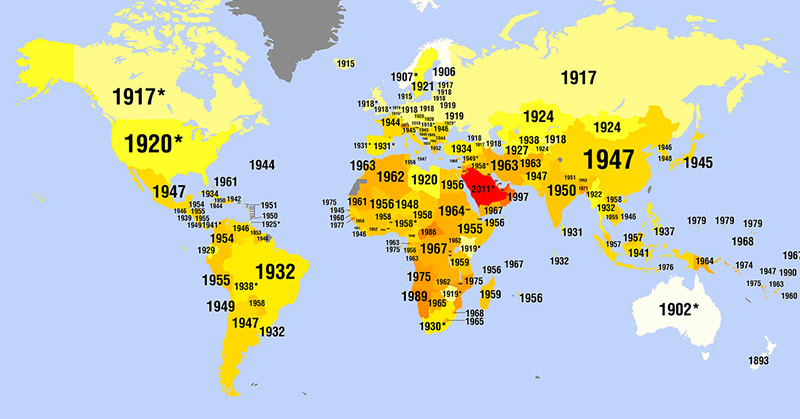Women have faced immense challenges throughout history, from painful periods to sacrifices for motherhood. We have had to fight for our rights and recognition, culminating in the suffrage movement that granted women the right to vote. However, not all women received this right at the same time, and many faced restrictions based on factors like race, property ownership, and education. The journey to equality continues today, with wage gaps and underrepresentation still prevalent. It is crucial for women to stand up for themselves, and for men to check their biases and support the women in their lives. The world will only benefit from believing in and investing in women’s capabilities and leadership.
When Women Could Vote Around the World
Receiving the right to vote was a significant milestone for women globally, symbolizing their intelligence and value. From New Zealand in 1893 to Saudi Arabia in 2011, women fought and earned their right to participate in the decision-making process. However, many women were excluded due to various factors such as race, property ownership, or military connections. The journey towards gender equality varied in different countries, with white women often gaining voting rights before others. It is essential to recognize these historical disparities and work towards a more inclusive society.
What this means today
Despite progress, there are still challenges for women, including wage gaps and lack of representation in leadership roles. To address these issues, women must advocate for themselves and support each other. Men have a role to play as well, by checking their biases and empowering the women in their lives. By investing in women’s potential and leadership, our world can become more equitable and prosperous for all.
Sources
- https://matadornetwork.com/read/year-women-became-eligible-vote-country/






